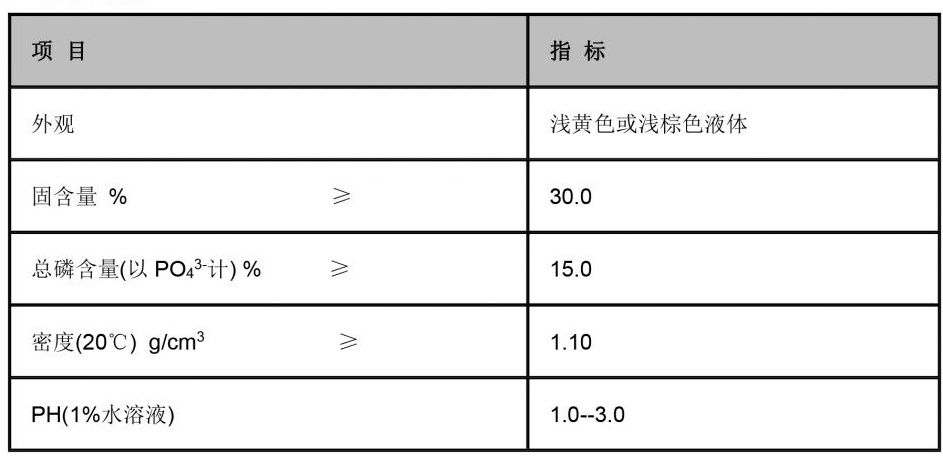Amino Trimethylene Phosphonic Acid (ATMP) - Properties, Applications, and Suppliers
Amino Trimethylene Phosphonic Acid (ATMP) An Overview
Amino Trimethylene Phosphonic Acid (ATMP) is a prominent organophosphorus compound, used extensively in various industrial applications. Its chemical structure comprises amino groups and phosphonic acid functionalities, which confer significant properties advantageous for diverse uses. ATMP is particularly recognized for its role as a chelating agent and a scale inhibitor, making it essential in water treatment processes, detergents, and metal cleaning formulation.
Chemical Properties
ATMP is characterized by its high solubility in water, stability under a range of environmental conditions, and a significant capacity to chelate metal ions such as calcium, magnesium, and iron. These properties arise from its amino and phosphonic acid moieties, allowing it to form strong bonds with divalent and trivalent metal ions. This binding capability is crucial in preventing the precipitation of scale-forming salts in industrial water systems, thus enhancing the efficiency and longevity of equipment.
Industrial Applications
One of the primary applications of ATMP is in water treatment, particularly in cooling water systems, boilers, and reverse osmosis processes. By inhibiting scale formation, ATMP helps maintain efficient heat exchange properties and elevates the overall performance of the system. The use of ATMP not only reduces maintenance costs but also extends the operational life of equipment by minimizing fouling and corrosion.
amino trimethylene phosphonic acid atmp

In addition to water treatment, ATMP is widely employed in the formulation of detergents and cleaning agents. Its chelating ability allows it to effectively target and solubilize metal ions that may interfere with surfactant action, thereby enhancing the cleaning efficiency of the products. Furthermore, the use of ATMP in metal cleaning applications aids in removing oxides and other impurities, ensuring a cleaner, more polished surface.
Environmental Considerations
As with many industrial chemicals, the environmental impact of ATMP has been a point of discussion. Being a phosphonic acid, it poses potential risks if released into water bodies, where it could affect aquatic ecosystems. Therefore, regulatory frameworks are essential to ensure the responsible use and disposal of ATMP in industrial settings. Innovations in formulation and application practices emphasize minimizing environmental effects while maintaining efficacy in industrial applications.
Conclusion
Amino Trimethylene Phosphonic Acid is a versatile chemical with substantial industrial significance. Its unique properties as a chelating agent and scale inhibitor make it invaluable in water treatment, cleaning formulations, and various industrial processes. However, as industries evolve, it is critical to balance the benefits of ATMP with environmental considerations to ensure sustainable practices. Ongoing research and development may further optimize its applications while mitigating potential ecological impacts, paving the way for innovations in water treatment and cleaning technology.
-
Water Treatment with Flocculant Water TreatmentNewsJun.12,2025
-
Polymaleic AnhydrideNewsJun.12,2025
-
Polyaspartic AcidNewsJun.12,2025
-
Enhance Industrial Processes with IsothiazolinonesNewsJun.12,2025
-
Enhance Industrial Processes with PBTCA SolutionsNewsJun.12,2025
-
Dodecyldimethylbenzylammonium Chloride SolutionsNewsJun.12,2025





